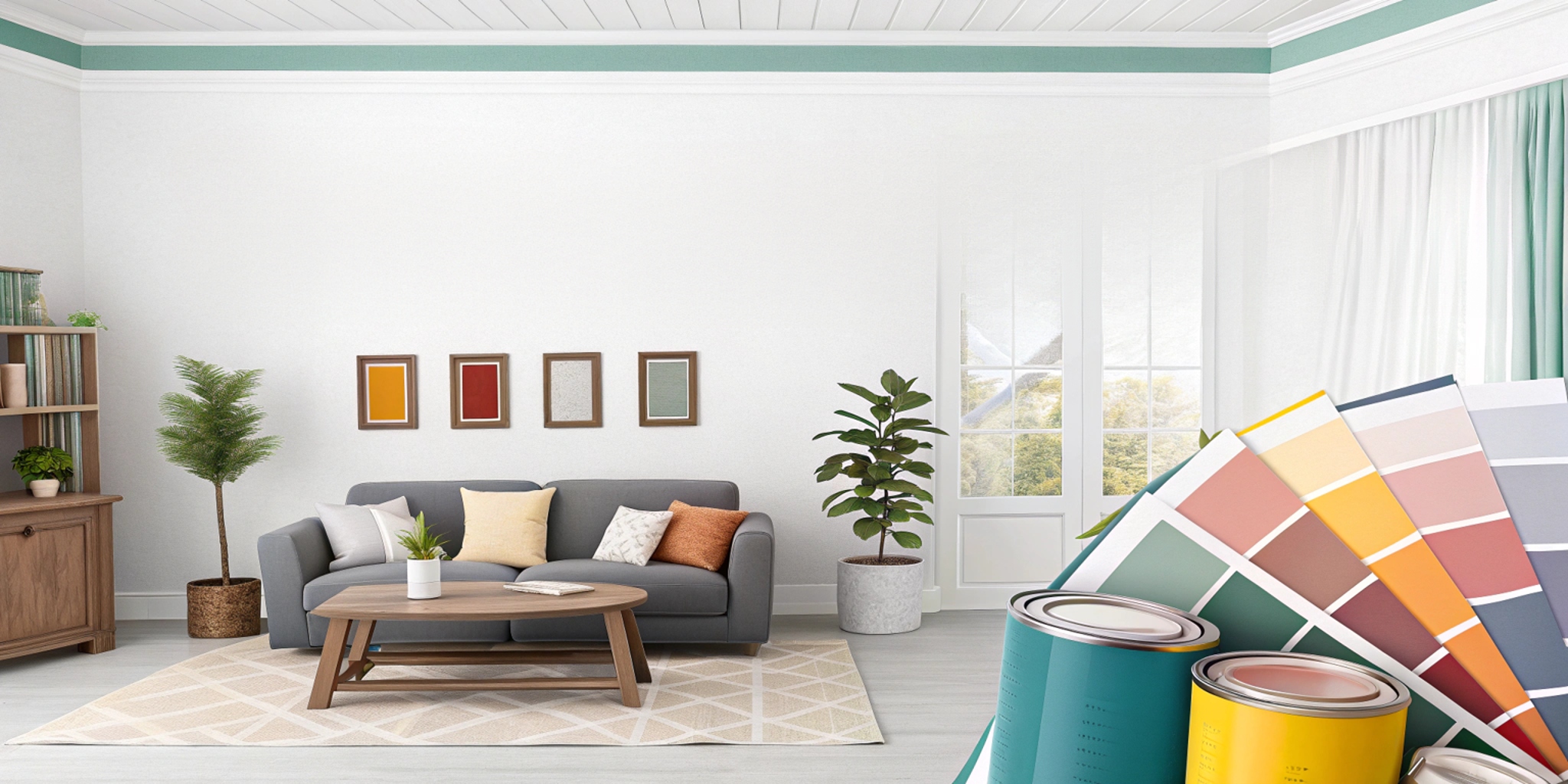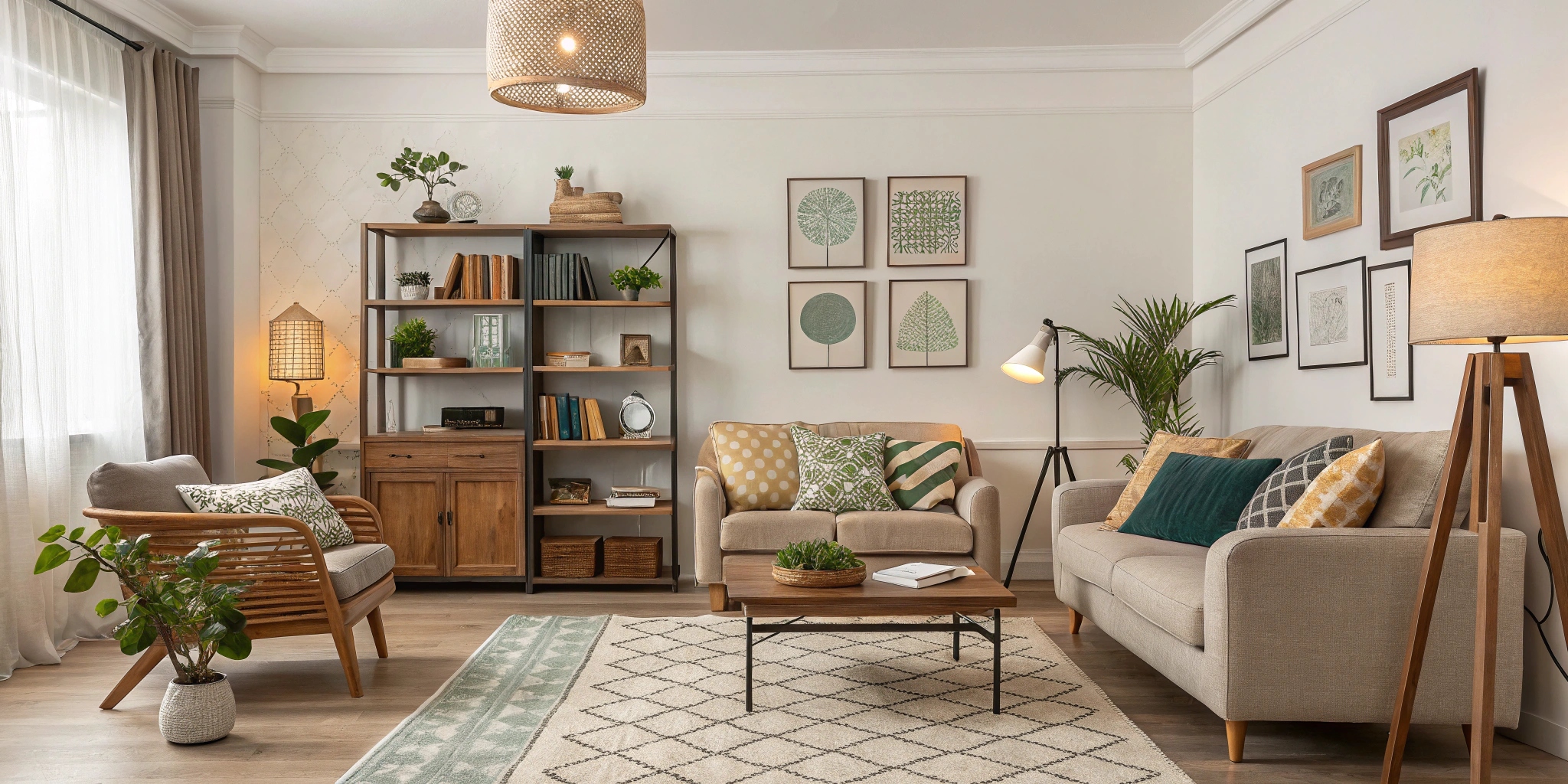Choosing the perfect color scheme for your home can feel like a daunting task, but it’s an essential step in creating a cohesive, inviting, and personalized space. The colors you select influence the mood, perception of space, and overall aesthetic of your home. Whether you're updating a single room or redesigning your entire home, here are some tips to help you choose the perfect color palette that suits your style, needs, and space.
1. Understand the Mood You Want to Create
Before picking any paint samples, think about the mood you want to create in each room. Colors have the power to evoke certain emotions, and each room in your home may serve a different purpose. For example, soft, muted colors like blues, greens, and grays are calming and work well in bedrooms or living rooms, creating a relaxing atmosphere. On the other hand, bold, vibrant colors such as reds or yellows can energize spaces like a kitchen or home office. Take time to consider how you want to feel when you're in a room—whether calm, energized, creative, or focused—and let that guide your color choices.
Transform Your Space with a Fresh Coat – Home Painting Made Beautiful!
2. Consider Lighting and Room Size
Lighting plays a significant role in how colors appear in a space. Natural light will make colors look brighter and more vibrant, while artificial light can give them a warmer or cooler tone, depending on the lightbulb used. Additionally, the size of the room should be considered when selecting a color. Dark shades can make small rooms feel even smaller, so it’s best to use light or neutral colors to make the space feel larger and more open. For larger rooms, you can experiment with deeper, richer tones without feeling overwhelmed.
3. Start with a Focal Point
Every room usually has a focal point, such as a piece of artwork, a piece of furniture, or even an architectural feature like a fireplace. Starting with this focal point can help guide the color selection process, ensuring that the room’s overall palette is cohesive. You can pull accent colors from the focal point, whether it's a pattern in a rug, the color of a sofa, or artwork on the wall. This will create a harmonious look throughout the room, and everything will feel like it belongs together.
4. Work with Neutrals for Versatility
If you’re unsure about committing to a bold color, neutrals are always a great starting point. Colors like beige, gray, white, and taupe are timeless and versatile, making them an excellent choice for both large and small spaces. Neutrals can also serve as a backdrop for colorful accent pieces, such as throw pillows, artwork, or a statement rug. If you want to add a bit of depth, mix different shades of neutrals for a layered, sophisticated look. You can also balance out warm neutrals with cool-toned accents to maintain harmony.
5. Think About Flow Between Rooms
When choosing a color scheme for your home, it’s important to ensure that there’s a smooth flow from one room to the next. Using complementary colors that transition well from space to space will create a sense of continuity. For example, a neutral palette with slight variations in tone can connect multiple rooms, while introducing a few accent colors in different areas adds interest. Open-concept spaces, in particular, benefit from a cohesive color scheme, where different zones within a single space maintain a visual connection through color.
6. Test the Colors Before Committing
Before settling on your final color choice, always test out paint samples in the room. Paint small sections of the walls to see how the colors look under different lighting conditions throughout the day. Sometimes a color may appear different when applied to the walls than it does in the paint store or on a color swatch. Observing the paint in your home’s lighting will give you a clearer sense of how the color will look once it's fully applied and dry.
7. Stay True to Your Personal Style
Above all, the color scheme should reflect your personal style and preferences. While it’s important to consider trends or advice from professionals, the space should feel authentic to you and your family. Don’t be afraid to mix colors, patterns, and textures that resonate with your taste. If you love bold, vibrant shades or prefer a minimalist, neutral palette, embrace what feels right for your home. After all, the ultimate goal is to create a space where you feel comfortable, relaxed, and inspired.
Choosing the perfect color scheme is a creative and enjoyable process that allows you to express your personality and transform your home. With a little planning and a thoughtful approach, you can select colors that complement your space, enhance your mood, and create a cohesive atmosphere throughout your home.


